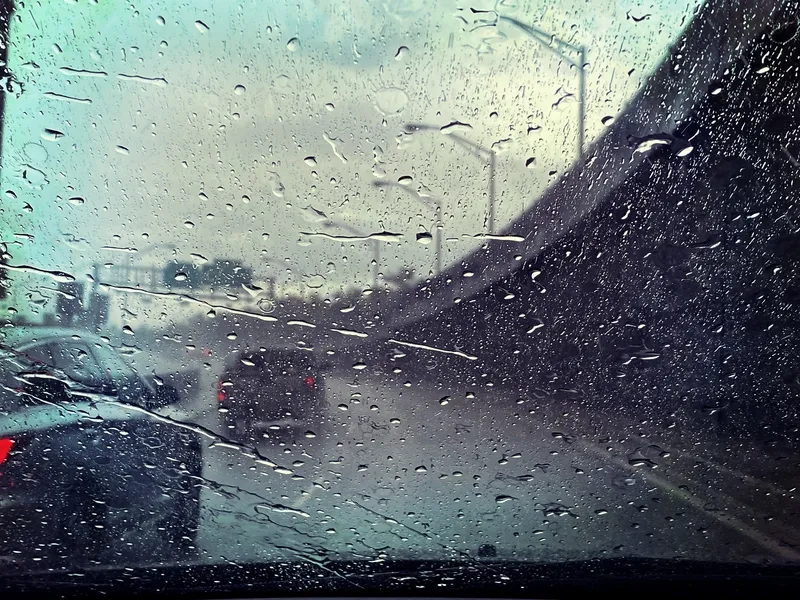The new driver fatigue early warning system from Transport Support combines high-end infrared cameras, microprocessor, memory modules and an alarm system in a compact and easily dashboard-mounted unit. If the system detects the driver is fatigued - based on PERCLOS (a psycho-physiological measure of alertness) analysis - it will immediately send a warning signal, even if the driver falls asleep suddenly.
If the driver continues to drive without any rest, the system will continue to send a warning signal
October 21, 2014
Read time: 1 min

The new driver fatigue early warning system from 7907 Transport Support combines high-end infrared cameras, microprocessor, memory modules and an alarm system in a compact and easily dashboard-mounted unit. If the system detects the driver is fatigued - based on PERCLOS (a psycho-physiological measure of alertness) analysis - it will immediately send a warning signal, even if the driver falls asleep suddenly.
If the driver continues to drive without any rest, the system will continue to send a warning signal whenever necessary.
If the driver continues to drive without any rest, the system will continue to send a warning signal whenever necessary.










